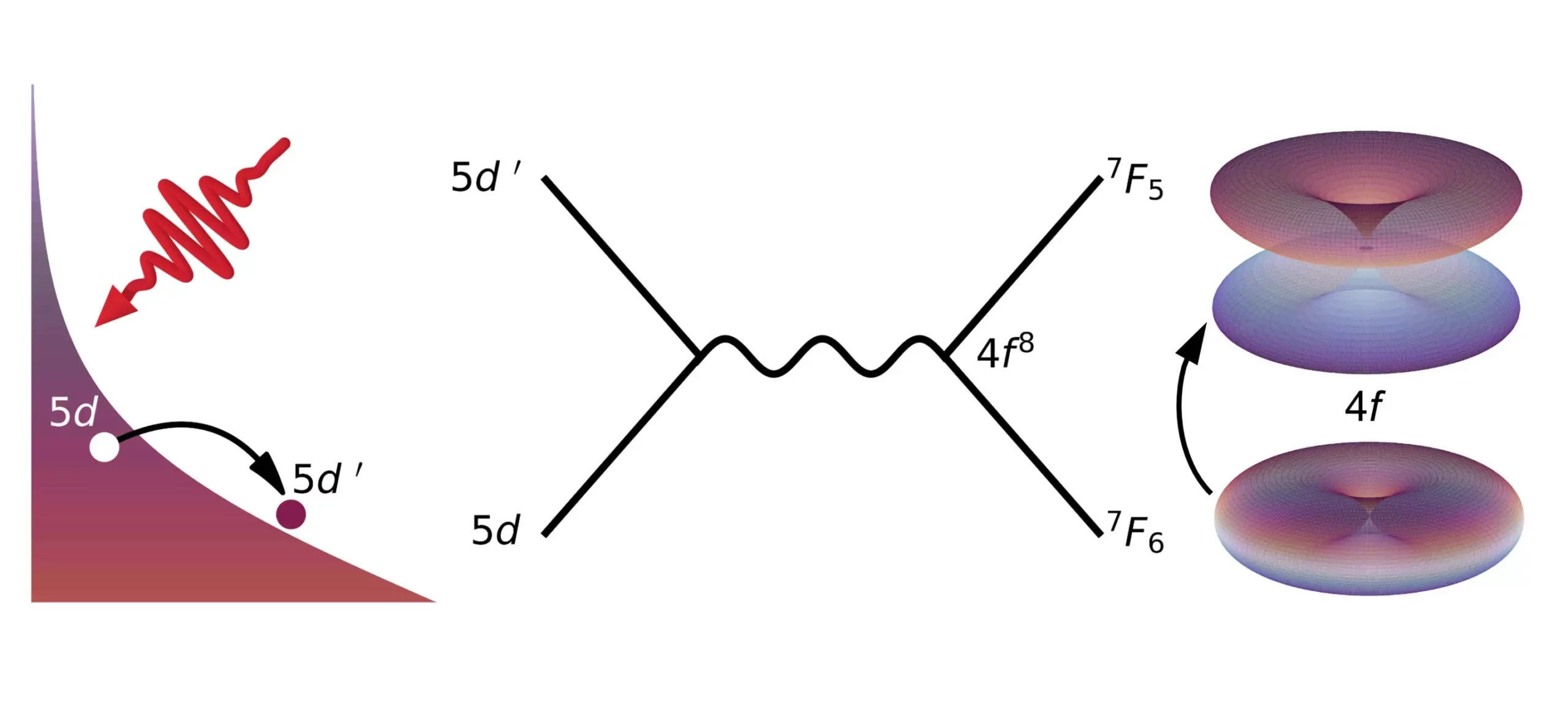Rare earth magnetic materials have always been known for their special properties, particularly due to the electrons in the 4f shell. Traditionally, it was believed that the magnetic properties of 4f electrons were incredibly difficult to manipulate. However, a groundbreaking discovery by a team of researchers from HZB, Freie Universität Berlin, and other institutions has shown that laser pulses can indeed influence the behavior of 4f electrons, leading to a change in their magnetic properties.
An Exciting Breakthrough in Data Storage
The experiments conducted at EuXFEL and FLASH have revealed a new pathway to utilizing rare earth elements in data storage. These elements are known to possess the strongest magnets, with their 4f electrons playing a crucial role in maintaining their magnetic moment even amidst environmental changes. This characteristic allows rare earths to be incorporated into various compounds without compromising their magnetic properties. Hence, the ability to control the magnetic behavior of 4f electrons through laser excitation opens up innovative possibilities for data storage applications.
The research team focused their experiments on terbium, a rare earth element with unique electronic properties. By subjecting the sample to ultrashort laser pulses and analyzing it using X-ray spectroscopy, they were able to observe a significant change in the spatial arrangement of 4f electrons post laser excitation. This transition was attributed to a scattering process with 5d electrons, shedding light on a previously unexplored interaction. As a result, the team successfully demonstrated the controlled manipulation of 4f electrons’ magnetic properties, paving the way for energy-efficient magnetic storage devices.
While rare earth materials have not been extensively utilized in magnetic storage media, the newfound ability to influence their magnetic properties through laser pulses holds promise for the development of advanced information storage technologies. Compared to existing methods like Heat-Assisted Magnetic Recording (HAMR), which rely on heating magnetic structures to induce switching, the laser-induced electron excitation offers a faster and more efficient alternative. With the advent of accelerator-based X-ray sources capable of generating ultrashort X-ray pulses, researchers can now explore fundamental magnetic processes at an unprecedented timescale.
Conclusion: A New Era in Magnetism Research
The remarkable findings from this research underscore the potential of laser-induced electron excitation in revolutionizing the field of rare earth magnetism. By shedding light on the controllable nature of 4f electrons, researchers have paved the way for innovative applications in data storage and magnetic materials. As Berlin emerges as a key hub for ultrafast magnetic research, the future holds exciting prospects for leveraging rare earth elements in next-generation information storage devices.


Leave a Reply